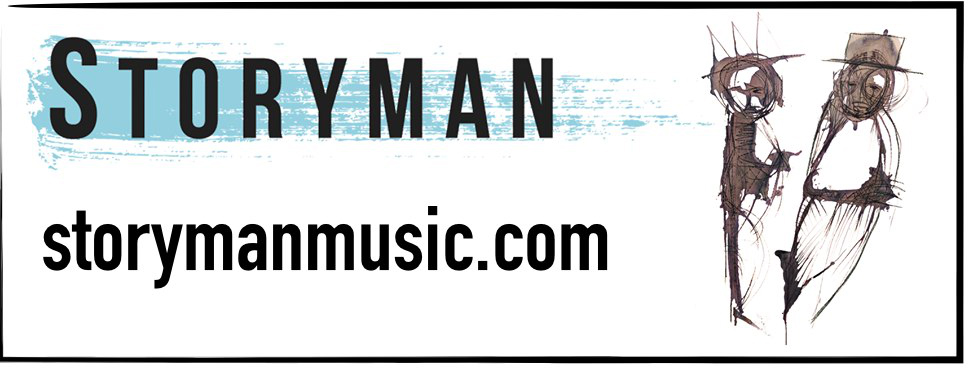SciWorks Radio is a production of 88.5 WFDD and SciWorks, the Science Center and Environmental Park of Forsyth County, located in Winston-Salem. Follow Shawn on Twitter @SCIFitz.
In February of 2014, an ash pond dumped a slurry of up to 39,000 tons of ash and 27 million gallons of contaminated water into North Carolina's Dan River (also, see here). A year later, this tragedy offered 2 professors from Salem College, a Winston-Salem college for women, an opportunity to design a very special research methods course. Dr. Laura Watts, professor of microbiology, and Dr. Dane Kuppinger, professor of Environmental Studies, developed a program demonstrating how scientific disciplines can collaborate to solve problems. It would also allow students to contribute to the collective body of scientific knowledge about the spill's impact.
(Watts) I am a professor of microbiology, and one of the first questions that popped into my mind was not what would be the impact on larger organisms like fish or birds or insects, but what would be the impact on the microorganisms that live in association with the river? If you think of an ecosystem at a hierarchical level, then at the ground level you're really going to have microbes. (Kuppinger) For a lot of larger things, they can swim upstream or downstream, or go somewhere else for their food. Microbes, on the other hand, are stuck in the river. So it allows us to see right in the spot, those organisms that aren't going anywhere, how are they changing? And then over time, see if those changes are reflected into other aspects of the system.
The students collected an uncontaminated sample of soil and water from upstream of the site, as well as contaminated samples at, and downstream from the site.
(Watts) When you're looking at pollution, in some cases you may not really begin to see drastic effects on the ecosystem, maybe for two, three, four years, or even later. So the fact that we are still seeing some of these changes in very rapidly dividing microbes indicates that there is some very obvious differences upstream versus downstream of the spill site. (Kuppinger) Abiotically, we had elevated levels of chromium at and downstream from the site. Coal ash also, because it's a byproduct of coal, which is derived from plants, can have stuff that you would associate with fertilizer. So, we saw the concentrations of those nutrients increasing. We can't say the system is negative just because there's more carbon or more nitrogen in it. The chromium at those elevated levels is dangerous; chromium has a lot of biological impacts.
The results don't necessarily tell us about the health of the river, but they do speak to the balance of microbes in the soil after the spill.
(Watts) There is no one microorganism that can do every job that needs to be done. So no, we cannot come out and say this was a deleterious impact. However, the fact that we see differences is important because if we were to look at how quickly the microbes in the soil downstream might be able to do something like recycle nitrogen, we may not see that same fitness as we do upstream of the spill where the coal ash contamination did not take place. (Kuppinger) Because the river system has evolved with a relative portion abundance of this and that microbe, when we see change to that system we are altering the balance. The bigger the change, the less likely it is to be favorable. So, it's a cautionary note at the very least.
In the long run, there's a lot more than just this coal ash spill to be cautious about.
(Kuppinger) We have a lot of things that we get into our waterways. They're coming from leaking oil from our cars, pesticides from our fields, and even now there's leaching coming out of those coal ash ponds. Unfortunately, the big dramatic spills, they get attention. But sometimes it's almost as bad, if not worse, the thousand other small insults to the system. (Watts) This was not just about teaching them a class or teaching them a series of experiments. We really wanted to know the answer to these questions. So we presented on the first day of class, if we did this and we did it well, that there was the potential to publish our data. And I think they really took that to heart, and I think that is completely reflected in the quality of the data that we got back. (Kuppinger) We'll have students that were first years, all they way up to seniors as primary authors or secondary authors on peer reviewed literature. So, I think it was all-around a very successful project.
This Time Round, the theme music for SciWorks Radio, appears as a generous contribution by the band Storyman and courtesy of UFOmusic.com.

300x250 Ad
300x250 Ad
